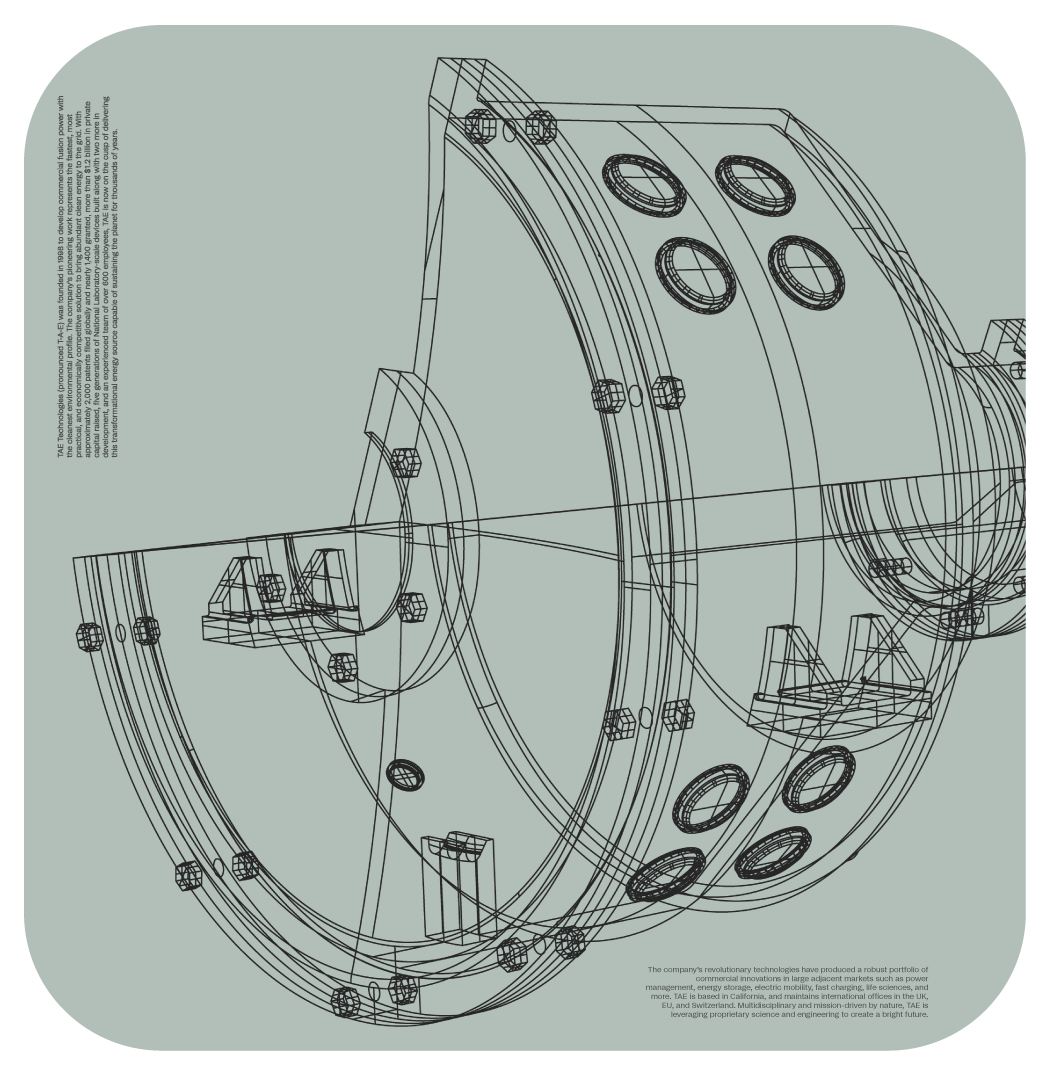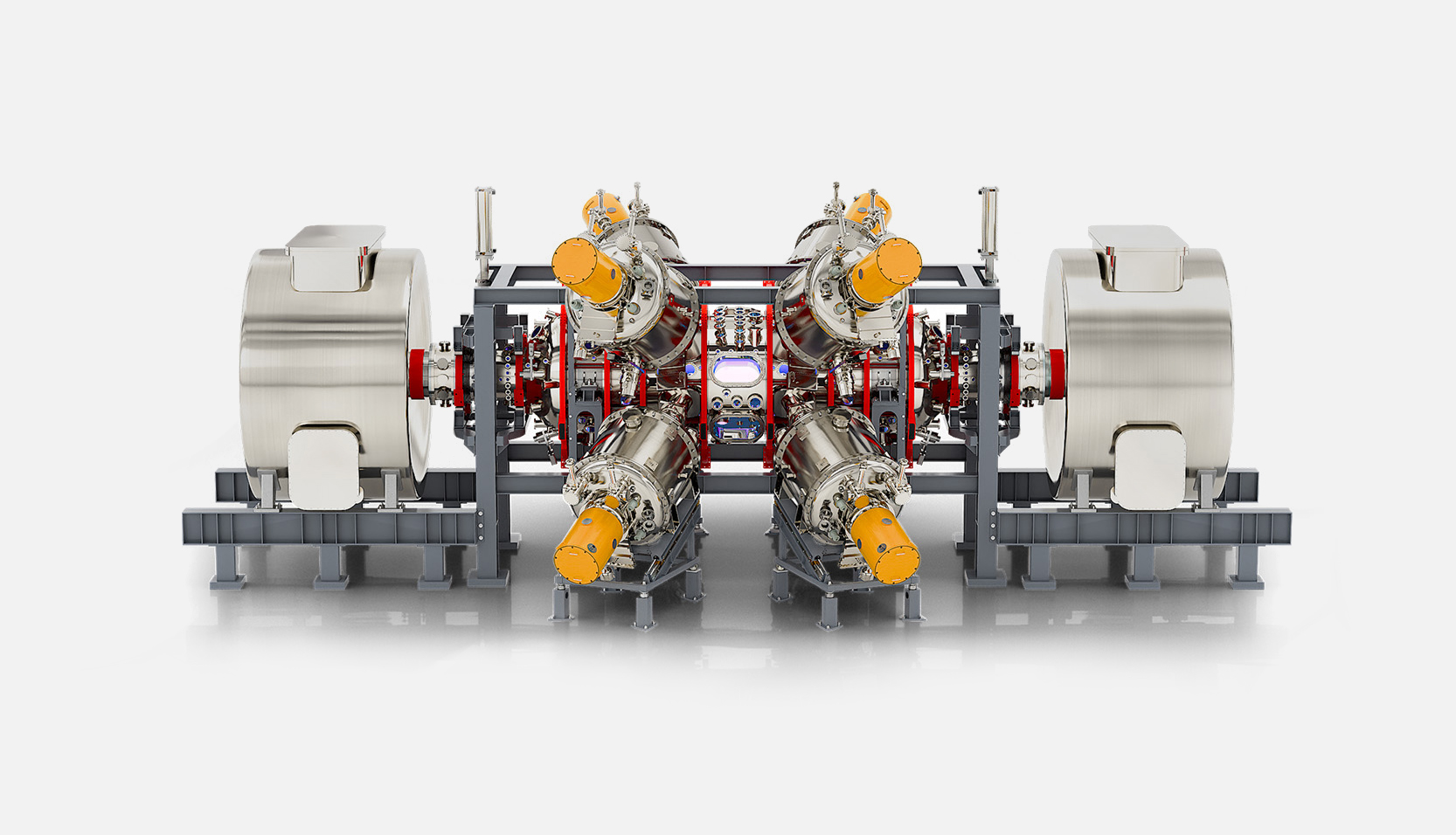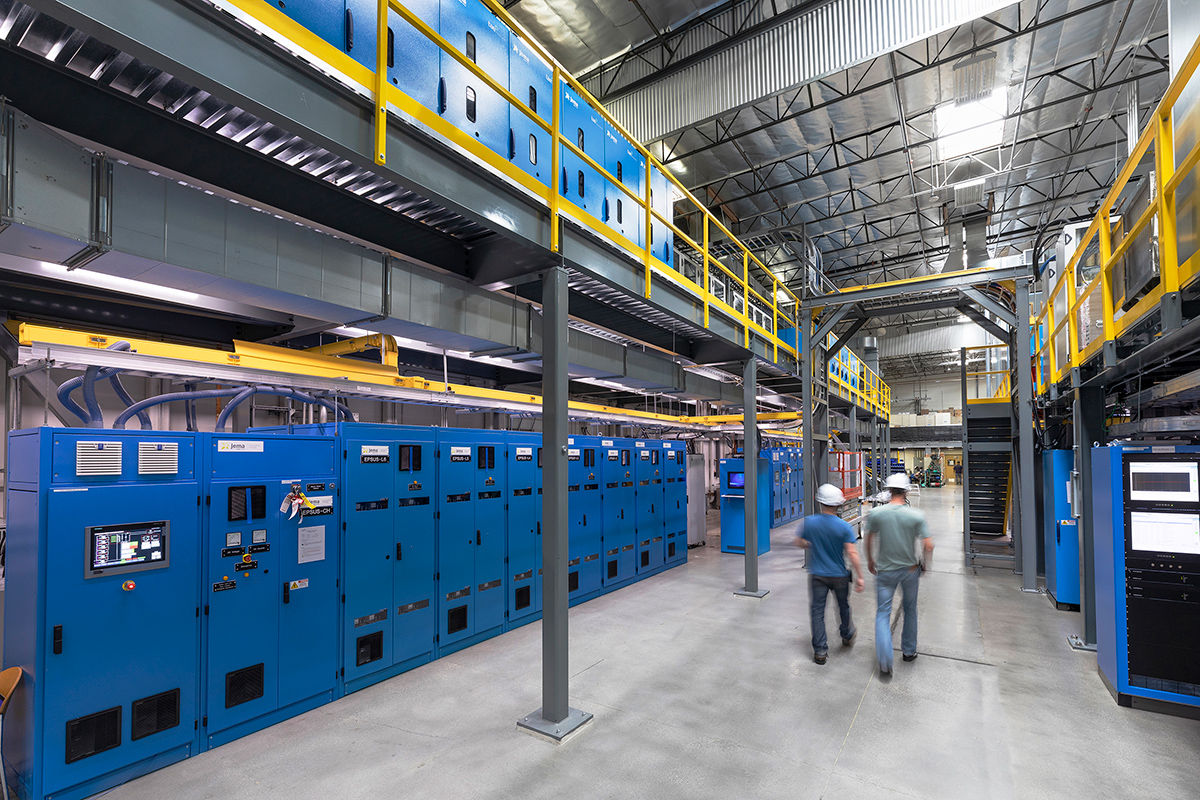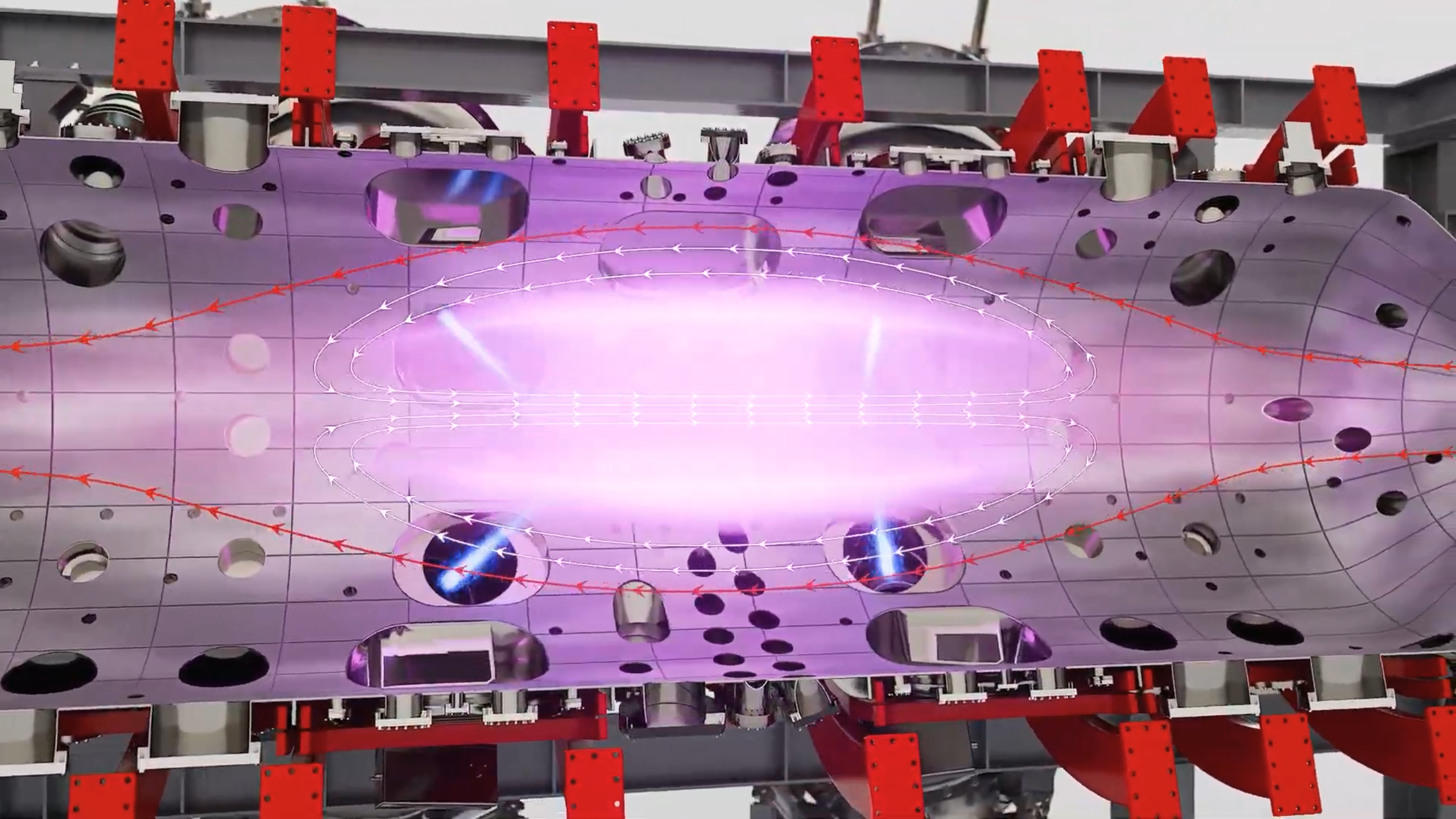TAE Fusion Power
A forever solution for clean, carbon-free energy.
Nature’s preferred source.
Fusion is the same process that powers the sun and stars. It is environmentally friendly, safe, and capable of sustaining the planet for thousands of years. TAE’s proprietary technology will generate and distribute cost-competitive, 24/7 on-demand fusion power to address the growing global need and secure our energy future.

Building the Future of Commercial Fusion Power
What Makes TAE Fusion Power Unique

-
Streamlined for commercialization
TAE’s fusion machine design is compact and linear so a commercial fusion power plant would be readily scalable for mass manufacturing. -
Cleanest and safest fuel
TAE is pursuing fusion with hydrogen-boron (a.k.a. p-B11 or p11B) because it is abundant and non-radioactive, making it the most sustainable option for operating and maintaining commercial fusion power plants. -
Original fusion technology
TAE’s technique to produce fusion power is called “advanced beam-driven Field-Reversed Configuration (FRC).” It’s a results-driven innovation proprietary to TAE that solves challenges to delivering scalable, sustainable commercial fusion power.
All together, TAE’s approach to fusion can provide a cost-competitive product that has high energy density, high availability of fuel and no risk of pollution, proliferation, meltdown or toxic waste, making it the ultimate clean energy source.
Fusion Machine Fundamentals
-
A fusion machine must be able to confine plasma – the shapeless, superhot, and electrically charged fourth state of matter – to create a fusion reaction. When a fusion machine successfully shapes unwieldy plasma into a collected mass and contains it within its inner chamber, this is called plasma confinement.
-
A fusion machine must also sustain plasma confinement without the plasma breaking down or cooling off. Maintaining a hot, controlled plasma is plasma stability. If you want commercial power, you have to maintain plasma stability indefinitely.
-
Most fusion approaches use lasers or extremely large magnets to squeeze plasma into shape and achieve plasma confinement.
-
The Field-Reversed Configuration, or FRC, is a fusion method that uses a combination of magnets and a plasma’s own magnetic fields to achieve plasma confinement. FRCs historically have had poor plasma stability. TAE’s “advanced beam-driven” innovation solves that problem.
What is ‘Advanced Beam-Driven FRC’? Breaking Down TAE’s Fusion Technology
‘Advanced’
TAE’s highly flexible power supply and power delivery system anchors TAE’s advanced beam-driven FRC technology. The power management system, represented by the blue power supply cabinets surrounding TAE’s fusion research machine, can efficiently discharge and sync up to 750 megawatts of bi-directional electricity on a sub-millisecond timescale for superior plasma performance. This innovation is also the foundation of TAE’s spinoff company, TAE Power Solutions.

‘Beam-Driven’

The many innovations around particle accelerator technology enable TAE’s beam-driven approach. The particle accelerators, indicated by the yellow cylinders that surround our reactor prototype, drive heat and current into the FRC plasma. Inside each yellow cylinder, positively charged ions are accelerated and neutralized to create streams of neutral atoms that can penetrate the magnetic field and thereby inject energetic particles into the fusion machine at very precise angles to support plasma confinement and stability. The advanced design of our neutral beam technology provides for the precise deposition of energy and fusion fuel as part of our active feedback control system, resulting in optimal plasma performance. This innovation isn’t limited to fusion applications, and is also a component of TAE Life Sciences’ transformative cancer treatment.
‘FRC’
The FRC is a unique magnetic confinement technology that doesn’t require as many magnets to keep the plasma confined and stable. Instead, it produces a plasma that self-organizes and creates its own magnetic field. The plasma’s magnetic self-barrier acts as a “container” that helps trap the plasma inside the fusion machine to achieve plasma confinement. Historically, the FRC method has been desirable for its simplicity and high power output, but scientists struggled to achieve plasma stability using FRCs. TAE’s approach provides FRC stability by marrying plasma and accelerator physics. More importantly, an advanced beam-driven FRC can operate with all available fuels for fusion, but it is especially created for TAE’s preferred fuel, hydrogen-boron.
